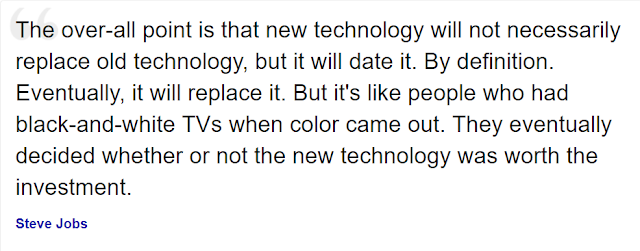Why You Should Totally Switch To Kotlin.

When we talk about Android app development, we immediately think of Java. But should we? So in this Post I am going to explain few reasons why we should all think about switching over to Kotlin instead. Tech is full of stories where a new technological marvel comes along to challenge the long-established order. When we talk about Android app development, Java is the dominant programming language. We all immediately assume this is so. But is it true? For me, no. There are so many other languages that can be used for writing Android apps that are also compliant with the JVM. Which brings me to my main point for today: JAVA is obsolete. It has been overthrown by Kotlin. Kotlin is going to be the future platform for designing and writing Android apps. In fact, many developers have already titled it as the premium class language for writing the Android Apps. Peter Ducker once said, “For new technology to replace old, it has to have at least ten times the benefit.” Following that ...




